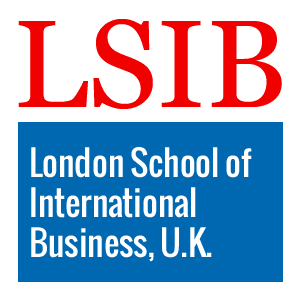Executive Certificate in Senior-Friendly Lighting Design
Published on June 28, 2025
About this Podcast
HOST: Welcome to our podcast, today we're talking with an expert in the field of lighting design, focusing on lighting for older adults. Can you tell us a bit about your experience and what drew you to this area of expertise? GUEST: I've been an interior designer for over 20 years, and I've always been passionate about lighting. As I started working on projects for senior living facilities, I realized the importance of lighting in creating safe and comfortable environments for older adults. HOST: That's fascinating. What are some of the key visual impairments associated with aging that designers need to consider when creating senior-friendly lighting? GUEST: Common issues include decreased contrast sensitivity, reduced color discrimination, and increased glare sensitivity. It's crucial to understand these challenges and design lighting solutions that minimize their impact. HOST: Absolutely. Now, let's talk about the course you're teaching, "Executive Certificate in Senior-Friendly Lighting Design." Can you explain the principles of universal design and accessible lighting that participants will learn? GUEST: Certainly. Universal design ensures that products and environments are accessible and usable by all people, to the greatest extent possible, without the need for adaptation or specialized design. Accessible lighting means designing lighting systems that consider the special needs of users with visual impairments. HOST: I see. And how does color temperature, glare reduction, and light level optimization play a role in this course? GUEST: We delve into the effects of different color temperatures on visual comfort and how to minimize glare. Participants will also learn how to optimize light levels to support various activities and tasks while maintaining visual clarity and energy efficiency. HOST: That sounds comprehensive. Now, what are some challenges you face when teaching this subject, and how do you address them? GUEST: One challenge is helping designers understand that lighting design for seniors goes beyond just increasing brightness. We use real-world examples, case studies, and hands-on exercises to demonstrate the importance of a holistic approach to lighting design. HOST: It's great that you're providing practical experience. Now, where do you see the future of senior-friendly lighting design heading? GUEST: I believe we'll see more integration of smart lighting controls and IoT devices to create personalized, adaptive lighting solutions. Additionally, I expect an increased focus on sustainability and energy efficiency in lighting design for senior living facilities. HOST: That's an exciting outlook. Thank you for sharing your insights with us today. We're confident that this course will help many professionals enhance their careers and improve the lives of seniors through better lighting design. GUEST: Thank you for having me. I'm looking forward to seeing the positive impact this course can have on the industry and the seniors we serve.
